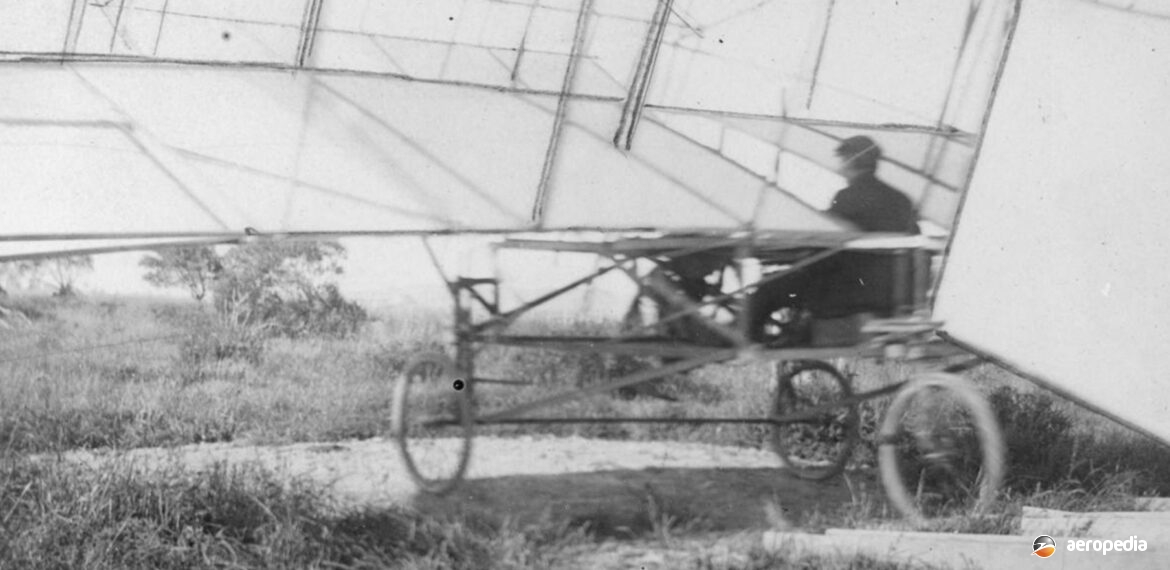History:
In 1908 Bertram Ogilvie, a resident of Napier on the north island of New Zealand, with the assistance of Messrs R Goodger, J Munro, H Suckling and other local friends, commenced the construction of a biplane of his own design. At the time he resided on a farm beside Riverbend Road near the town and to house and build the aircraft he constructed a hangar. The machine had a wingspan of approximately 9.14 m (30 ft) and had what Ogilvie described as contra-acting ailerons – the idea being that if the left aileron was raised, the right was owed the same amount.
This design was the subject of a patent by Messrs C A Hawkins, BN Ogilvie and C J Nairn. The ailerons became extensions to the wingtips and operated automatically to stabilise any movement around the longitudinal axis in flight. However, due to lack of sufficient power from the engine installed the aircraft did not fly and its fate is not known. Later Hawkins and Ogilvie travelled to the United Kingdom where a triplane was constructed by Handley Page Ltd at Winchester, this aircraft known as the Hawkings-Ogilvie triplane was built in 1910 and was fitted with a 37-kw (50-hp) Alvaston engine.
Photograph: Ogilvie, Bertram, aeroplane at Riverbend Road Napier, New Zealand (MTA Hawkes Bay)
Further information:
Information on this aircraft is currently limited. The Author welcomes any further specifications and/or details to update the site.

